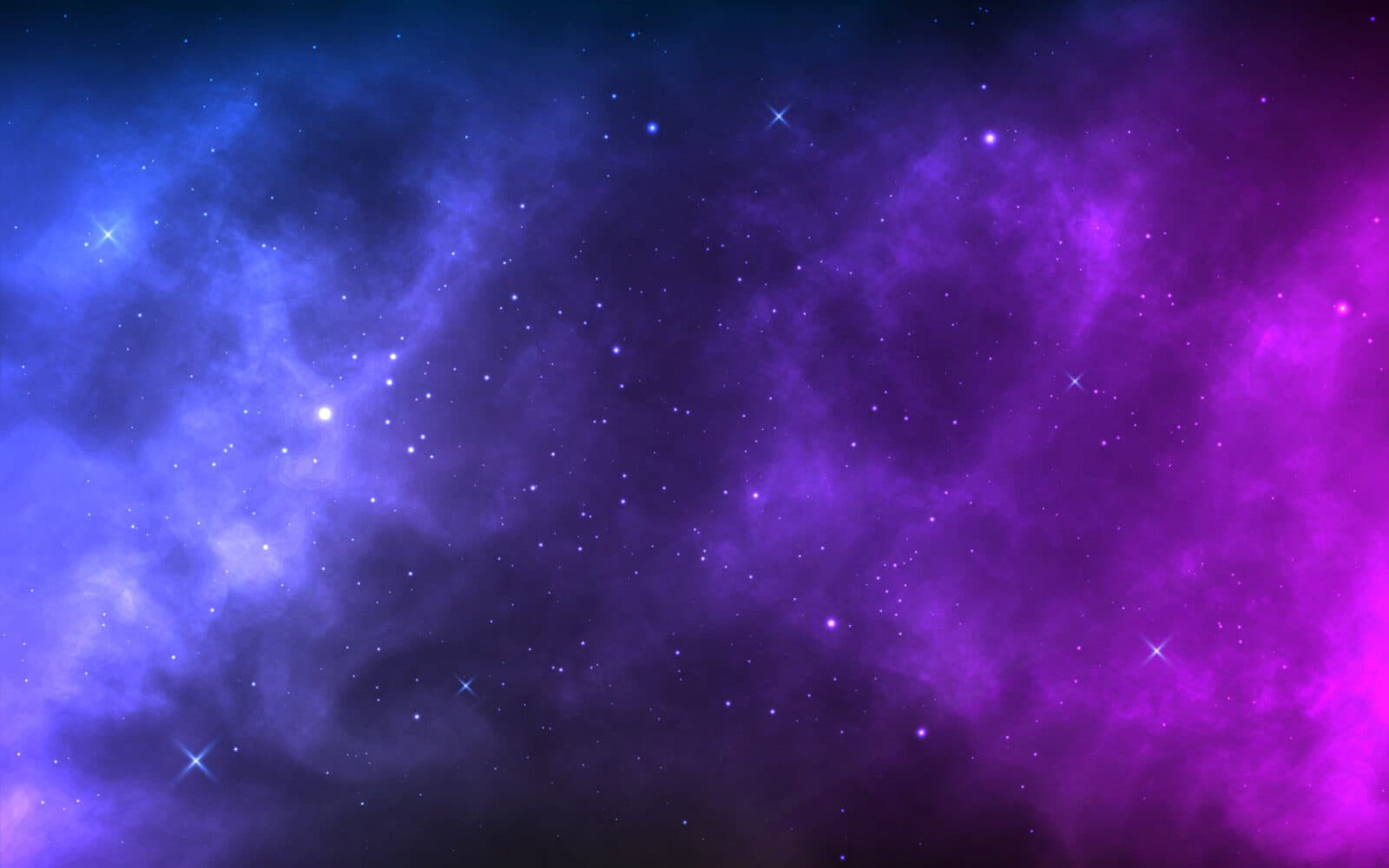Spotlight Live: Dark Energy – On the Brink of Discovery?
by Bruce Lieberman
The race is on to unlock the mystery of dark energy, the unknown force that is causing the universe to expand at an accelerating rate.

The Author
The Researchers
THE RACE IS ON to unlock the mystery of dark energy, the unknown force that is causing the universe to expand at an accelerating rate. Three leading projects are paving the way toward discovery: The Dark Energy Survey, in Chile, and SuMIRe (Subaru Measurement of Images and Redshifts), in Hawaii, aim to image and map millions of galaxies across space and time in order to learn about dark energy's influence on the evolution of the universe. A third project, called ACTPol and situated in Chile, is using the Cosmic Microwave Background - the afterglow of the Big Bang and the oldest light in the universe - to indirectly detect galaxies and galaxy clusters, map their positions throughout cosmic history, and probe the nature of dark energy.
On August 22, three leading members from two of these dark energy projects -- Marcelle Soares-Santos (research associate at the Fermi National Accelerator Laboratory Center for Particle Astrophysics) and Joshua Frieman (senior staff member at Fermilab, professor of Astronomy and Astrophysics at the University of Chicago, and member of the University of Chicago's Kavli Institute for Cosmological Physics) with the Dark Energy Survey; and Michael Niemack (assistant professor of physics at Cornell University) with ACTPol — answered your questions about dark energy and the expansion of the universe.
About the Participants
-
JOSHUA FRIEMAN – Senior staff member in the Theoretical Astrophysics group at Fermilab and the Fermilab Center for Particle Astrophysics. He is also Professor of Astronomy and Astrophysics at the University of Chicago, where he is a member of the Kavli Institute for Cosmological Physics. Dr. Frieman's research centers on theoretical and observational cosmology, including studies of the nature of dark energy, the early universe, gravitational lensing, the large-scale structure of the universe, and supernovae as cosmological distance indicators. The author of more than 230 publications, he led the Sloan Digital Sky Survey (SDSS-II) Supernovae Survey, which discovered more than 500 type Ia supernovae for cosmology studies, and chaired of the SDSS Collaboration Council.
-
MICHAEL NIEMACK – Assistant professor of physics at Cornell University and a leading team member of the Atacama Cosmology Telescope (ACT) and ACTPol teams. Dr. Niemack was involved in designing ACT’s optics and detector arrays to measure the light from the cosmic microwave background. His research interests include cosmology, astrophysics, and fundamental physics, including studies of inflation, dark energy, dark matter and galaxies using CMB and sub-millimeter measurements.
-
MARCELLE SOARES-SANTOS – A research associate at the Fermi National Accelerator Laboratory Center for Particle Astrophysics in Batavia, Illinois, Dr. Soares-Santos is leading an analysis of galaxy clusters with early data from the Dark Energy Survey. She played a key role in the construction, testing and commissioning of the camera used for the Dark Energy Survey, known as DECam. She is also a participant in the Dark Energy Science Collaboration for the future Large Synoptic Survey Telescope (LSST).
-
BRUCE LIEBERMAN is a freelance journalist with more than 20 years of experience in the news business. He worked as a reporter at daily newspapers for many years before becoming an independent writer and editor in 2010. For The Kavli Foundation, Bruce has interviewed researchers about galaxy clusters, dark matter and dark energy, string theory, the emergence of the first stars and galaxies, exoplanets and other subjects. He has also written for Scientific American, Smithsonian Air & Space magazine, and Nature about a variety of science topics.
Your Questions
- Where is the Atacama Cosmology Telescope? (2:10)
- How are you measuring the positions of galaxies? (3:30)
- What does it mean to "discover" dark energy? (6:30)
- What can we learn about dark energy by mapping the positions of the galaxies? (10:30)
- What does "dark" in dark energy mean? (12:15)
- What is the relationship between dark energy and dark matter? (16:45)
- Are we physically in contact with dark energy? (19:25 )
- How can we be sure we have found all forms of dark energy? (21:10)
- Will dark energy cause our universe to continue to expand? (27:50)
- Could the universe's accelerating expansion be caused by gravitational forces between other universes or other large masses? (31:35)
- What is it like to work at the Atacama Cosmology Telescope? (33:25)
- How do we know that dark energy makes up 70% of the energy in the universe? (38:45)
- What is next on the horizon to investigate dark energy? (41:50)